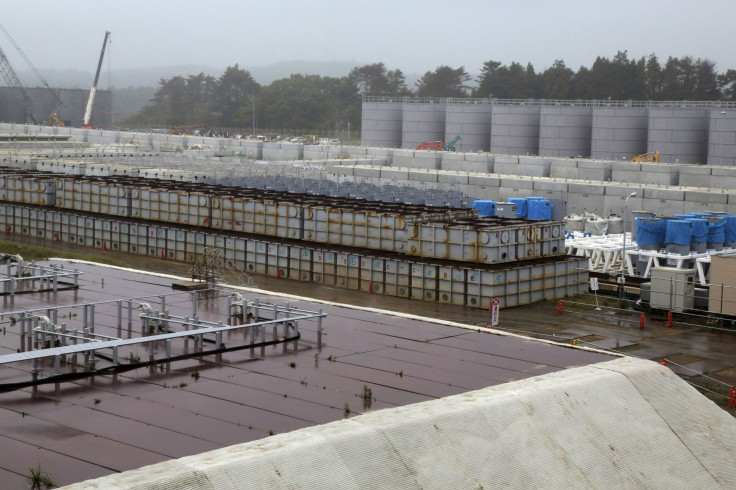Fukushima Freezeout: Japan To Build Underground Ice Wall To Block Off Fukushima Water

Japan’s nuclear regulator approved a plan this week to freeze the ground around the damaged Fukushima Daiichi nuclear power plant to prevent contaminated water from seeping into the region’s water supply.
The Tokyo Electric Power Co (TEPCO) plans to begin construction on the “ice wall” in June, the AFP reported. The frozen wall is meant to block groundwater under nearby hills from flowing under the power plant and mixing with radioactive water, polluted after an earthquake and tsunami in March 2011 damaged nuclear reactors.
The $314 million government-funded plan requires TEPCO to use pipes carrying coolant to freeze the ground nearly 100 feet deep and nine-tenths of a mile around four reactors and related buildings.
Government officials and experts raised concerns last Friday in advance of Monday's approval about whether the frozen ground would prevent water contamination in the long term and if it would cause any problems in the area. The plan could take several decades to decommission the power plant, and frozen earth walls have never been used for a purpose such as Fukushima.
Last week, TEPCO also began releasing water with low levels of radiation deemed safe into the Pacific Ocean. The company plans to release 100 metric tons of that groundwater into the ocean each day, a quarter of the water that enters the facility daily.
TEPCO first proposed its plan in May 2013, and Japanese Prime Minister Shinzo Abe announced in September the government would intervene to prevent the Fukushima plant’s radioactive water leakage.
© Copyright IBTimes 2024. All rights reserved.












